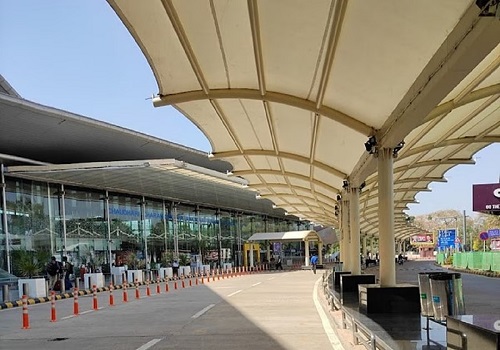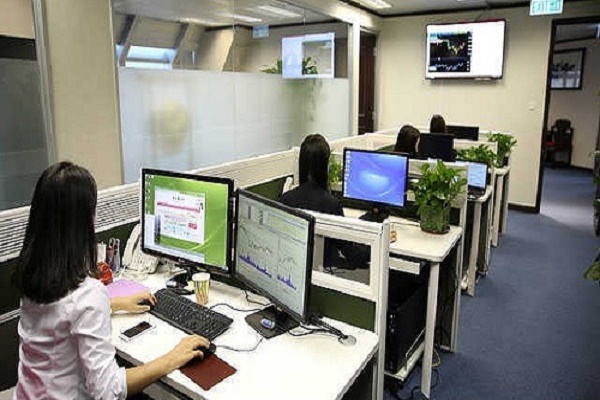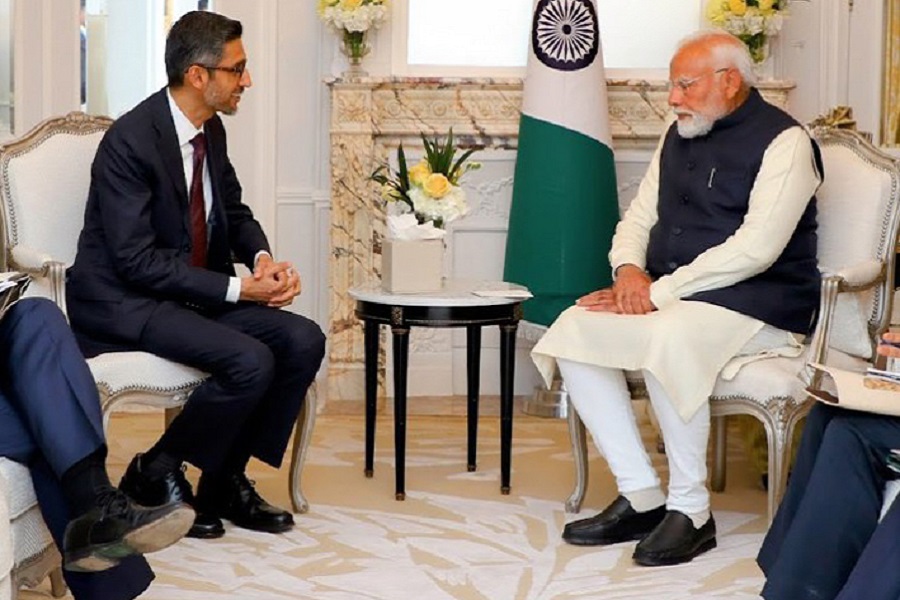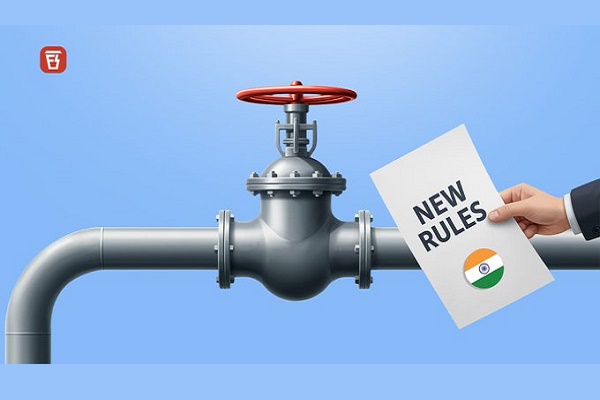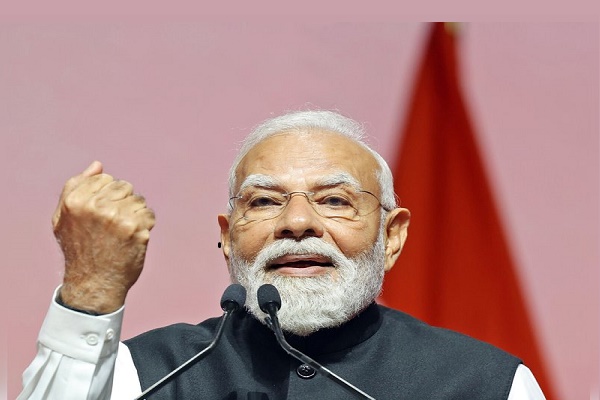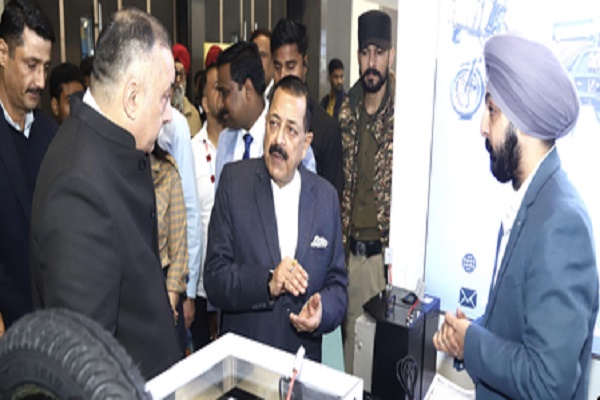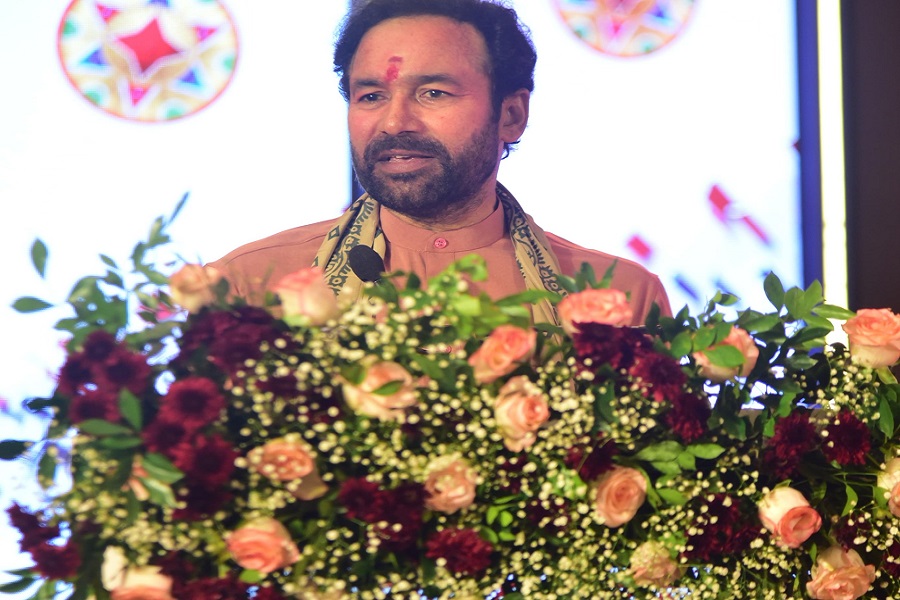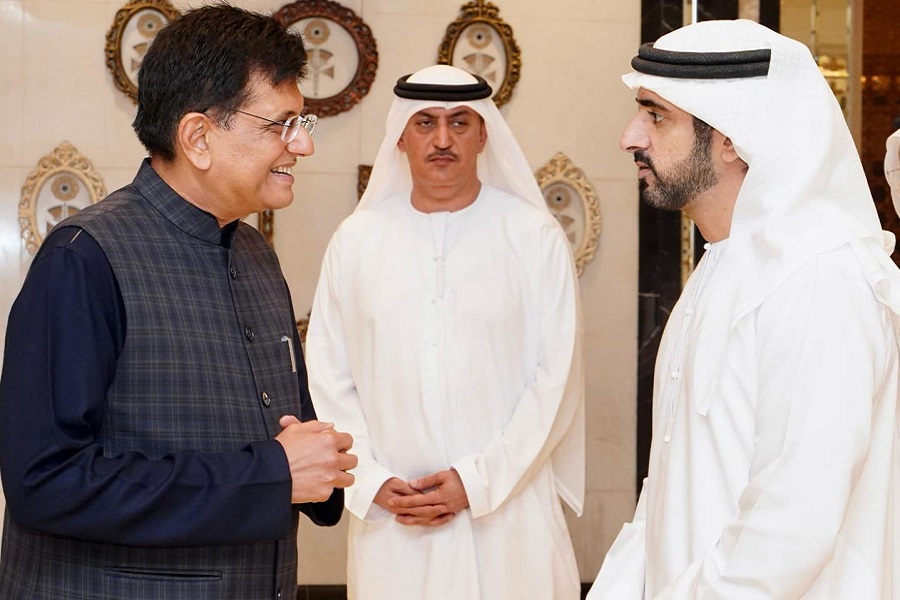India`s interim budget to reduce fiscal deficit in election year, focus still on capex
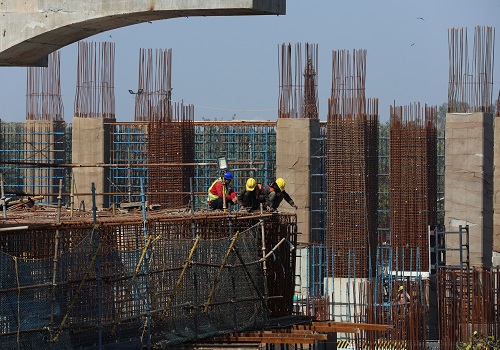
The Indian government will target a lower deficit in the 2024-25 fiscal year despite lifting capital expenditure to an all-time high, according to a Reuters poll of economists who said infrastructure investment would be a priority.
Being an election year, when the Bharatiya Janata Party (BJP) led by Prime Minister Narendra Modi is predicted to win a third-term, the budget is expected to strike a balance between populist measures and fiscal prudence.
The government is aiming to narrow the fiscal deficit to 4.50% of GDP by the end of the 2025-26 fiscal year (FY) from 5.90% in the current year to end-March 2024.
The Jan. 10-19 Reuters poll of 41 economists showed the Feb. 1 budget is expected to target a narrowing of the fiscal deficit as a percentage of GDP to 5.30% in 2024-25.
"To achieve the (2025-26) 4.5% deficit target, total expenditures would need to rise by no more than 7% per FY on average...meaning an even more aggressive cut to expenditures is likely in the coming years," said Alexandra Hermann, lead economist at Oxford Economics.
Capital spending has already surged more than 33% this fiscal year to over 10 trillion rupees ($120 billion) and is projected to rise 15% in the next, reaching 11.50 trillion rupees, with expectations of an increase in private investment.
Government investment has recently been driving the country's economic expansion.
"Continued and rapid improvement in India's infrastructure will be paramount to reviving the private investment cycle," Hermann said.
"But to leverage India's huge potential and ensure sustainable and inclusive growth over the medium to longer term, human capital levels will need to improve, which is why spending on education should be the main priority."
However, no economist who answered an additional question cited education and healthcare as the two main budget priorities.
Nearly all respondents said infrastructure investment (34) would be the top priority, followed by rural development (17) and job creation (16), as the latter has failed to keep pace with the tens of millions joining the workforce each year.
Welfare schemes are not seen expanding further with the deficit in focus and gross borrowing of 15.60 trillion rupees is expected to be largely unchanged from the current year's projection.
"There are growth challenges that we remain wary of. Private non-infrastructure business capex is conspicuous by its relative absence," said Kunal Kundu, India economist at Societe Generale, pointing to modest aggregate domestic demand while noting demand from the wealthy continued to make headlines.
"Stress is more visible in the rural areas as the informal sector continues to struggle, especially MSME (micro, small and medium enterprises) which are the biggest job generators."


